Follow Up: Yoga Webinar on Resilience
This month’s topic with Urban Yogis has been all about Resilience. We kicked off this topic with one of our FREE bi-monthly webinars tilted “Building Reservoirs of Resilience” last Sunday, 7th June. If you missed it, here’s a little summary of what we went through.
What is Resilience?
We spent some time unpacking the concept of Resilience, what it is, whether it is a finite resource in our life, whether some people are inherently more resilient than others and if adversity and challenge is the only way to build it. Resilience in its simplest form is our ability to bounce back from life’s inevitable disappointments, failures, pains and more importantly – stress. To understand this better, in the webinar I used an analogy of a car. Like the shock absorbers built within the mechanics of a car to make our rides smooth, resilience does the same for our everyday life. Adversity and hardship does not discriminate; we all get our fair share of it in this lifetime. If we didn’t have these internal shock absorbers, life would feel like a state of suffering. This ability to regulate or bounce back is what we can all rely on in order to live a happy, productive and vibrant life.
Definition and Impact of Stress In Our Lives
As we all know, modern life can be very stressful and we face it in different ways. Some stress is okay in fact, it can actually be good for us! But long exposures to stress, chronic stress and trauma can seriously affect our health in negative ways. Stress can be defined in many ways but at its base, it is really our perception of danger or threats. This is something that we’ve inherited as part of our physiology and biology as humans. We are sensorial beings and are constantly fed information through our senses about our external world and unconsciously we then begin to make evaluations about whether something is dangerous or not and deciding what the most appropriate response should be. This is extremely useful when we are fleeing from a tiger, our alertness and stress response helps us navigate danger and survive. But of course, today we are no longer running from a tiger. Our dangers or threats have changed so much but our ways of dealing with these situations remain the same.
How Our Nervous System Works
Part of the nervous system that is responsible for our various responses to stress is our Autonomic Nervous System, in short our ANS. As the name suggests, it functions autonomously. It is constantly making involuntary, fine-tuned adjustments to our body based on the signals that are being received through our central nervous system. Classically, this is divided into two main branches:
1. Sympathetic Nervous System
2. Parasympathetic Nervous System
Each of these systems serve different roles and we need them both in order to regulate our health and well being. Our sympathetic nervous system is more commonly known as our fight or flight and while it sounds like we only need it during life-threatening situations, we also need it to get up, do work and be productive. Our sympathetic nervous system is concerned with mobilisation and excitation. Our parasympathetic nervous system is more concerned with rest, recuperation and regeneration. And just like the sympathetic, we need this aspect of our nervous system to balance and maintain our health and well being. Going back to the analogy of the car, these systems are like the accelerators and decelerators. Based on our individual needs and situations in life, our nervous system will accelerate or decelerate to regulate our health. This is how it was built and quintessential to how we adapt. Ultimately, how resilient we are depends on how good this regulation is, or how quick or easy it is for us to shift between the two modes.
Resilience and Heart Rate Variability
One effective way of measuring our resilience is through our breath and the measurement of Heart Rate Variability or HRV. This is a very promising biomarker of mental, emotional and physical resilience. It speaks to the deep connection between the heart rate and the breath insofar as every inhalation wakes up a little bit of our sympathetic nervous system and every exhalation keys us back into our parasympathetic nervous system. How much variability in our heart rate therefore shows the interaction between the two systems. When someone has a high HRV, it means that this person is more adaptable to stressors placed on his or her system. They have a stronger mind-body connection insofar as they can still connect and call on their parasympathetic states even when they have been subjected to stress. Athletes are a great example of people who have higher HRV. They are able to use their sympathetic response to sprint a 100m race but when they have completed it, they are able to quickly regulate and return into states of rest and recovery, meaning they do not stay in that activated state. This is sometimes referred to as a coherent system in that the nervous system responses can be voluntarily and involuntarily switched on and off in healthy, positive ways. A person who has a coherent system or high HRV generally has steady reservoir of resources, of positive emotions and resilience. These are people that can bounce back quite readily from stressors and are better able to self-regulate their emotions, actions and thoughts.
There are many ways to build up your reservoir of resilience but the easiest way is actually through conscious focused breathing. This is something that we all have access to. The breath is the key player in influencing our nervous system and there is a lot of research that shows how slow conscious breathing can help ignite our parasympathetic nervous system or switch on our vagal break, regulating us back to health and homeostasis. There are many breathing practices we can engage in such as pranayama techniques or weight training for our respiratory diaphragm. The more we dedicate ourselves to it, the better we get at it. Another reason for this is because our brains our plastic, and thus always growing. Neuroplasticity allows us to get better at things we regularly practice or use. So we can therefore learn to improve the capacity of our breath and through that learn to have more control of our nervous system and stress responses. Resilience is like a muscle that can only grow with use. It is also something we need to experience in order for it to further develop. Otherwise it’s like going into a restaurant and reading the menu but never actually ordering the food or enjoying a meal.
Conscious Breathing, Replenish Your Reservoir
Like a reservoir, resilience is something we can seek to tap into whenever we face hardships in life. Though this reservoir may never really run dry, it does deplete in ways that can hinder our ability to bounce back with ease. We need to commit to replenishing this reservoir consistently and in more positive ways. We need to commit to doing the inner work, to not give up but actively and dare I say, radically prioritise self-care. Conscious breathing is just one way. Building resilience, nervous system regulation and the power of breath are things I am deeply passionate about. As someone who lost a parent at the age of 14, emotionally abandoned, physically estranged from my family in my early years and even sexually abused, I grew up with a lot of self-esteem issues and anxiety. The breath however was my biggest resource and my secret superpower. It is such a powerful practice and a healing tool when it comes to transformation. It offers us the gift of awareness. After all, if we can’t see it (or feel it), we can’t shift it. Awareness is crucial. As a yoga and meditation guide, I have dedicated myself to teaching people this powerful resource. Biomechanics of Breath is my online course that spends a great deal exploring anatomy, breath mechanics and ways to deepen our mind-body connection to live a happy and vibrant life.
It’s lecture based and is great for anyone looking to learn how to use the breath as a tool for self-discovery and healing but also for anyone looking to expand their tool kit for clients with chronic pain, trauma or disassociation. Each segment includes many experiential exercises which can be thought of as body awareness meditations or techniques to help you integrate these learnings. Whether you’re looking to understand your own breathing pattern, improve your capacity or nervous system, or even just to release tension and pain in the shoulders or diaphragm, this course is perfect for you.
Kickstart your breathing journey with me here.
The next webinar titled “Regulating your Nervous System” is held on 21st June, 4 pm Singapore Standard Time. Reserve your spot here.
About the Author
Kathy is a founder and co-director of Urban Yogis. Her training background includes Thai Massage, Reiki, STOTT Pilates, Structural Integration by Anatomy Trains, and she is now in the midst of completing her Biodynamic Craniosacral Therapy Practitioner Training with Body Intelligence. To learn more about Kathy, visit our About page.


